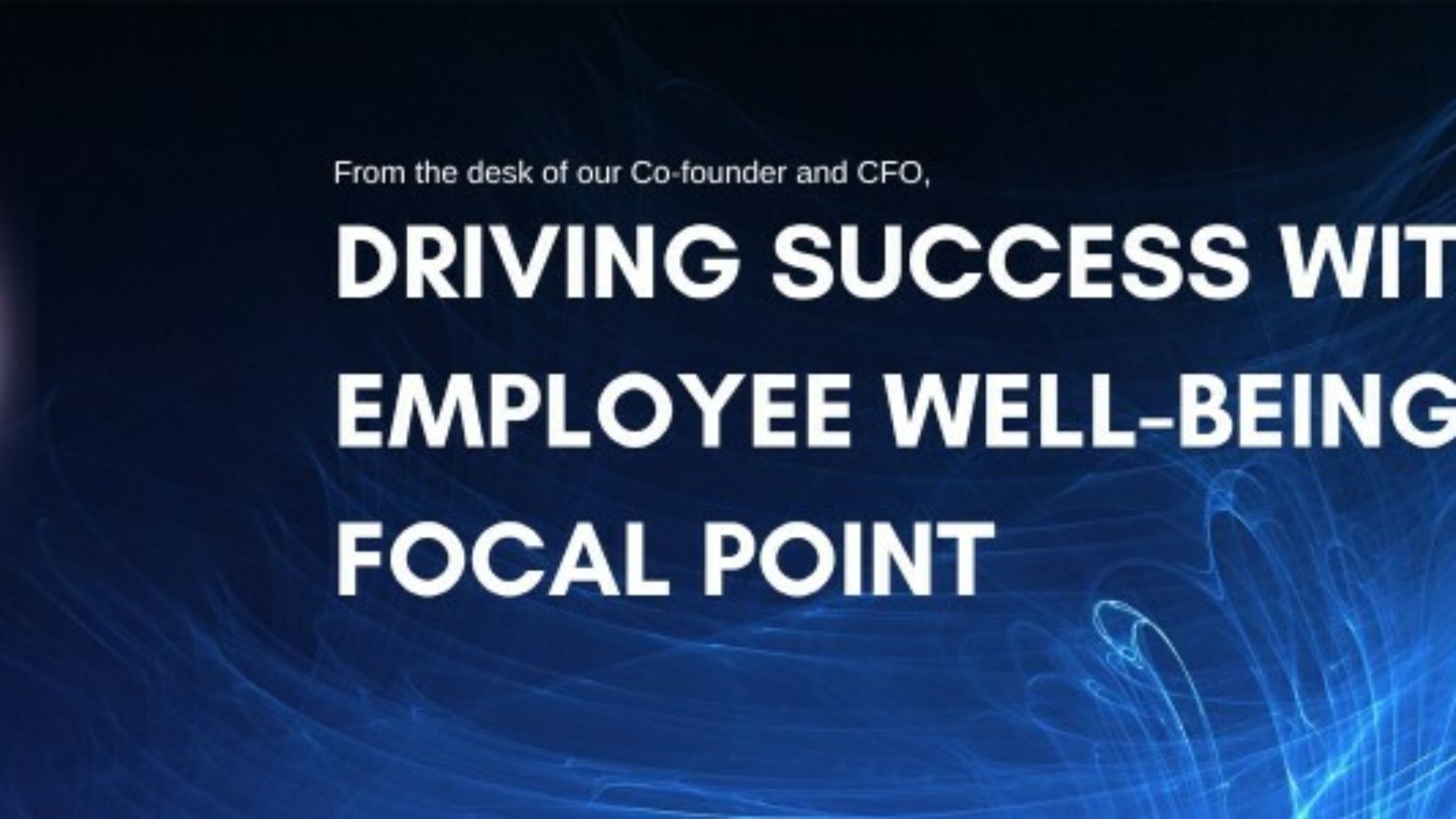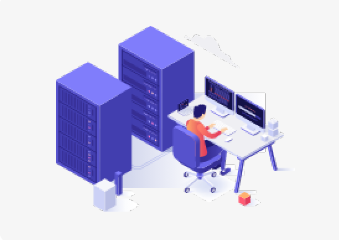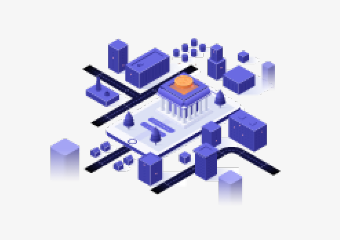
Mumbai 3th may 2023: Techurate Systems Pvt Ltd, a Global Smart Banking technology company received the award for innovation in “Smart Branch – Enabling Virtual Banking” in the Technoviti Awards 2023. The 9th Edition of Technoviti Awards 2023 was held in Mumbai on the 26th of April. There were 42 nominations which underwent scrutiny of the jury members and EY on the innovative quotient of the product ‘Smart Branch’ before conferring this prestigious award to Techurate.
Reacting to the announcement, Sandeep. P, Co-founder, and Head of Innovations at Techurate said “We are thrilled on receiving this prestigious award. This is a great endorsement to the brilliant work done by all here at Techurate. This recognition will only drive us harder to create more disruptions in innovating banking solutions and strive to achieve larger financial inclusion in under-served markets”
Smart Branch Solution is an intelligent automation solution for Banks to digitalize the customer interactions ranging from Onboarding, deposits, withdrawals etc. It helps replace paper- based system and promotes Green Banking. The solution comprises of paperless workflow management solutions, smart operations, and smart assistants. It also provides Business Analytics and Reporting for management.
The simple and effective user Interface is easy and simple to use for customers. It has image-capture functionality, to capture deposit/withdrawal slips and forms and this process eliminates manual proofing and encoding. Smart branch solution can be used as a bank’s extended branch through their agents to reach out customers at remote places where bank branches are not available, which helps in financial inclusion of small mid-sized cooperative banks. It has a simplified web view for fund transfers without logging into core banking. Inbuilt Tokens Management system to reduce customer wait time and an inbuilt task list and monitoring for the bank user. The smart branch can act as ATM, enabling local retailers as a medium.
“Although India has seen ample technological advancements in banking sector, Indian cooperatives still have a lot to catch up with high-tech resources as compared to commercial banks. Digitization is becoming more popular in areas where financial services are not well-developed or struggling. This means that there is a demand of online financial activities through digital channels, such as mobile apps or websites. This can make financial services more accessible and convenient for people who may not have had access to them before” added Sandeep.
About Techurate
Techurate is a Global Smart Banking technology company with a fine blend of technology skills, strong domain knowledge, 500+ man years of industry experience in IT. Techurate has worked in several highly under-banked nations and has successfully leveraged the power of Digital in bringing a vast audience into the organised banking fold. Headquartered in Bangalore, the company has served around 250+ Banks and Financial Institutions across 15+ geographies globally in a short span.
With its flagship products and services, the company has scripted several success stories in emerging markets like Zambia, Cameroon, Botswana, that they are looking to repeat in Latin America and India.
Techurate provides highly customised Digital Banking Technology Solutions for Banks and Financial Institutions that systematically deliver greater agility, measurable business value and enhanced customer experience. For further information visit the website http://www.techurate.com
(Disclaimer: The above content is a press release. PTI takes no editorial responsibility for the same.)


























